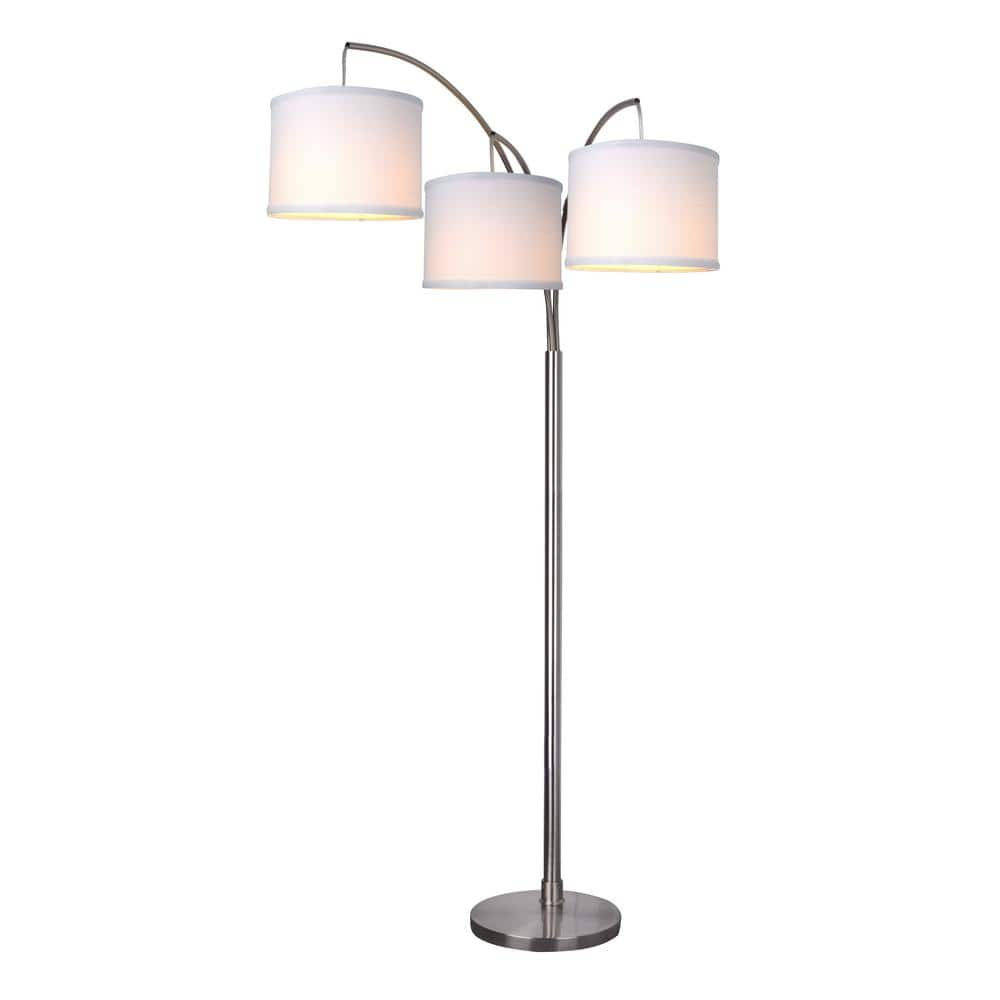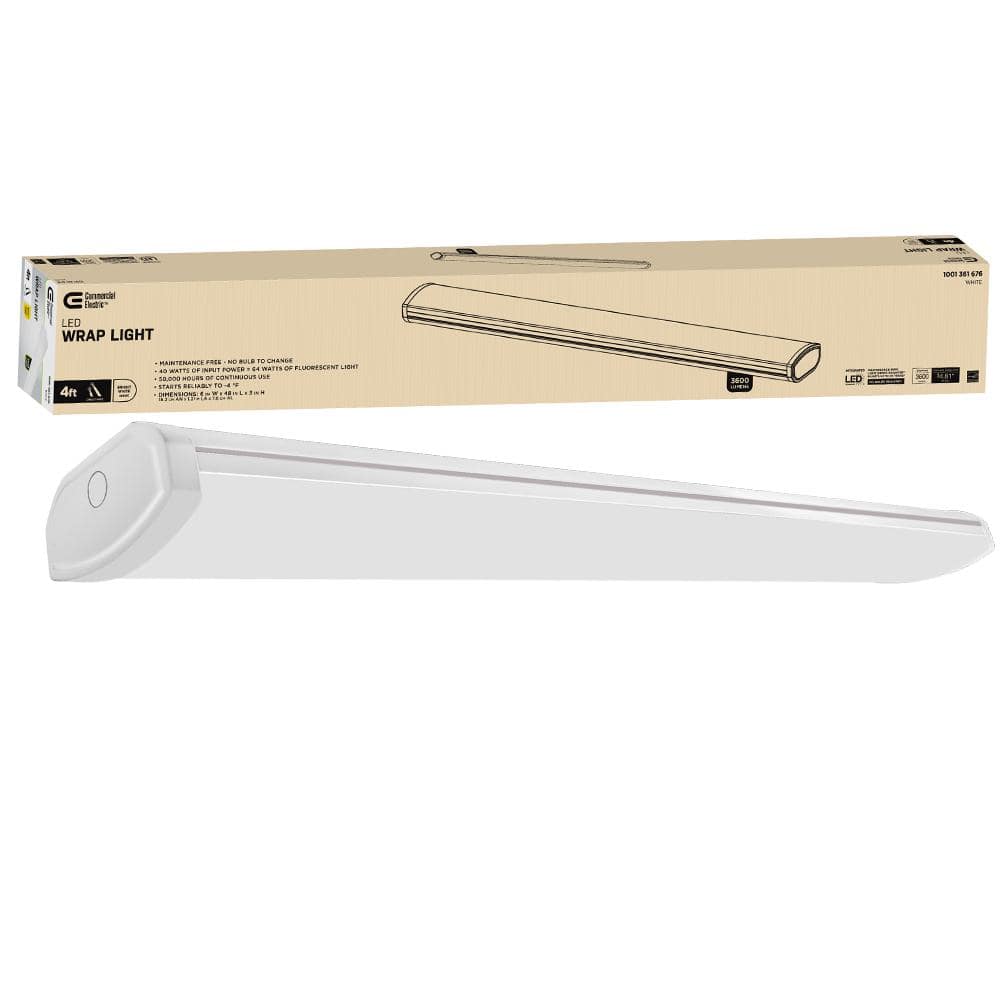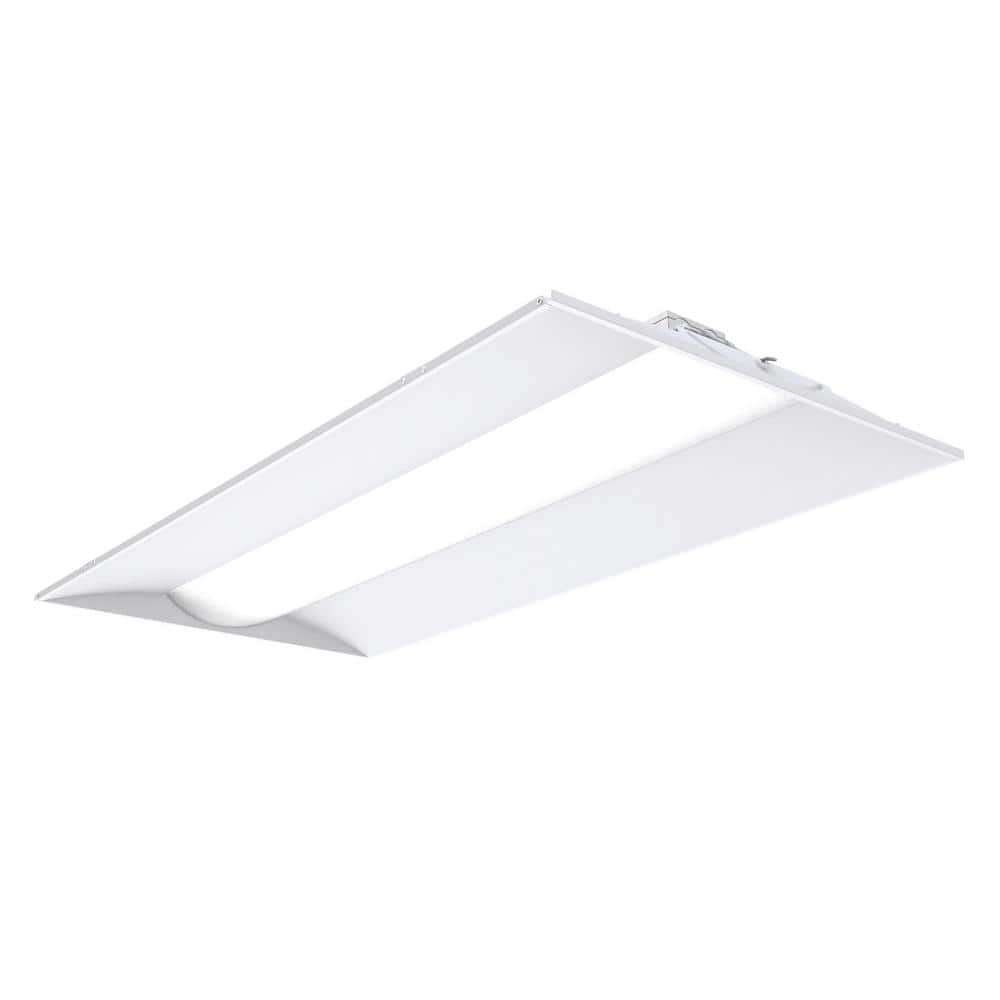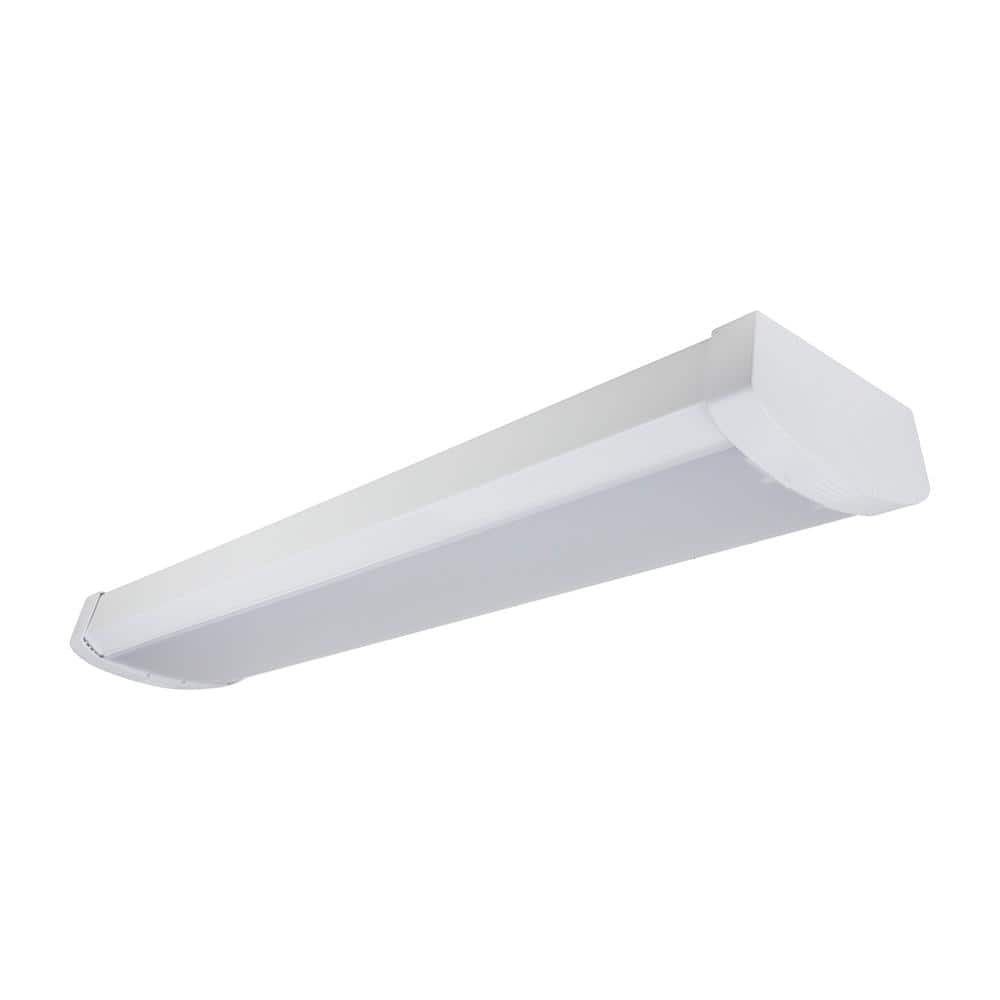Hampton Bay 78 in. Height 3-Arc Floor Lamp – Brushed Nickel Finish
Brushed nickel floor lamp with 3 linen drum shades. Uses (3) medium base bulbs up to 60-Watt, Sold Separately. Adjustable arms for direct lighting.
This brushed nickel floor lamp has 3 linen drum shades which suspend from adjustable curved metal poles. It has a rotary switch on the pole and uses three 60-Watt incandescent bulbs or CFL or LED equivalent (not included). It is 80 in. H. This lamp will brighten up any room decor in the house.
- Brushed nickel finish
- 78 in. H
- White linen shades
- Rotary switch
- Uses 3 x 60-Watt bulbs (not included)
- Sturdy metal base
- Adjustable arms for direct lighting
Additional information
| Dimensions | H 78 in, W 47.63 in, D 47.38 in |
|---|---|
| Manufacturer Warranty | WILL REPLACE DEFECTIVE PARTS |






by Robyn
This floor lamp is a nice addition to our living room. Has a nice option to to have 1, 2, or all 3 lights on we put LED light bulbs in it. Very modern look . We like it better then we thought we would.
by Sandra
Beautiful I love it. Just what I expected.
by Elsie
The lamp is now providing good reading light up to 20 feet away. It was reasonably easy to assemble, with all parts provided. Appropriate LED light bulbs also were provided. Overall, we highly recommend this product.